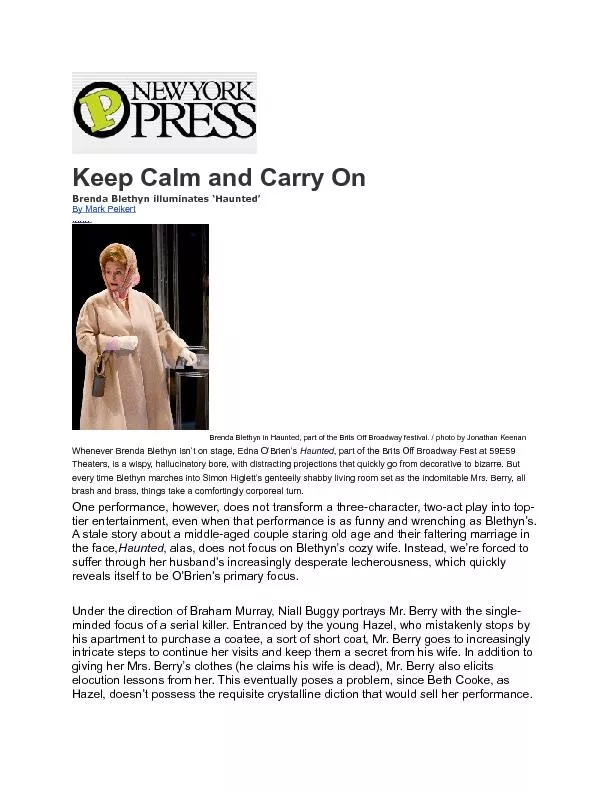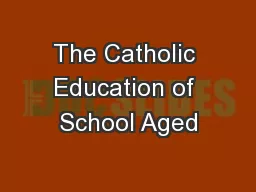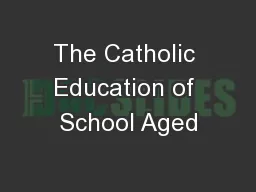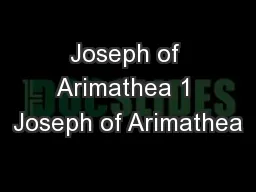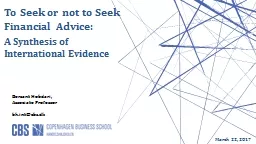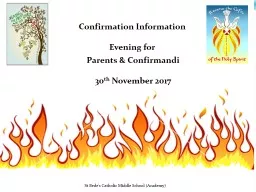PDF-Je at St Joseph’s Catholic School Pinjarra, seek to create a Go
Author : yoshiko-marsland | Published Date : 2016-03-22
Our Vision w here each school community member is nurtured spiritually academically socially and physically School Prayer God our Father We thank you for St Josephx2019s
Presentation Embed Code
Download Presentation
Download Presentation The PPT/PDF document "Je at St Joseph’s Catholic School..." is the property of its rightful owner. Permission is granted to download and print the materials on this website for personal, non-commercial use only, and to display it on your personal computer provided you do not modify the materials and that you retain all copyright notices contained in the materials. By downloading content from our website, you accept the terms of this agreement.
Je at St Joseph’s Catholic School Pinjarra, seek to create a Go: Transcript
Download Rules Of Document
"Je at St Joseph’s Catholic School Pinjarra, seek to create a Go"The content belongs to its owner. You may download and print it for personal use, without modification, and keep all copyright notices. By downloading, you agree to these terms.
Related Documents






